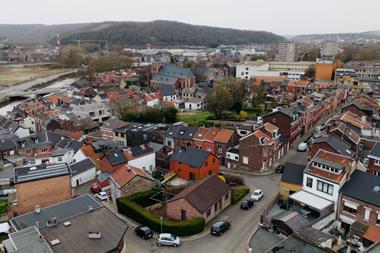GLOBAL - A manager could invest as much as one-quarter of his portfolio into open real estate funds and still boost performance while decreasing risk, according to researchers from the German WHU Otto Beisheim School of Management and the Ludwig-Maximilians university in Munich.
In a report published by the German investment association BVI, Lutz Johanning of the WHU and Bernd Rudolph of the university in Munich said open real estate funds, in an efficient institutional portfolio optimised according to US economist Harry Max Markowitz, helped achieve returns of 5.8-7.1%.
The report added: "This is even true for the legally possible maximum exposure of 25%."
Only for returns beyond the 7.1% mark would some of the real estate funds have to be exchanged for more risky assets like equities, the report said.
The academics said they found not only a "performance-enhancing effect" related to open real estate funds, but also a "downside-minimising effect".
They said: "It is also ideal for institutional investors with a downside-risk approach to make use of the regulatory investment ceiling of 25% on open real estate funds."
The authors also noted the low correlation of open real estate funds with other asset classes.
As for liquidity problems, which some real estate funds faced during the crisis, the study noted that this development led to considerable discounts on the secondary market of 5.5% or more.
"New regulations for these asset class should not unnecessarily burden investors," they said.
But they stressed the investor had to take the risk of fund closures into account before getting exposure to the asset class.
They recommended further research to determine whether or not certain probabilities of fund closures could be assessed.












